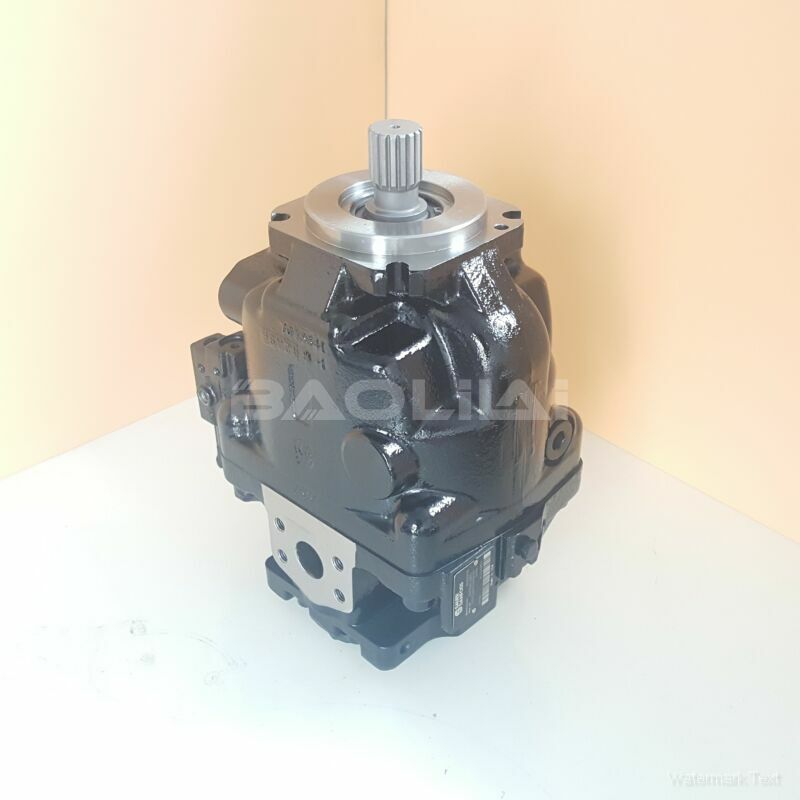ERR100BLS2820NNN3S4RPA1NNNNNNNNNN hydraulic oil pump
ERR100BLS2820NNN3S4RPA1NNNNNNNNNN hydraulic oil pump

- Product Details
- Applicable Scene
Friction welding is an innovative joining technique that utilizes the heat generated through friction to fuse materials together. This process is highly valued in various industries, including automotive, aerospace, and manufacturing, where strong, durable joints are crucial. A key component in enhancing the efficiency and effectiveness of friction welding systems is the plunger pump. This article explores how plunger pumps contribute to the functionality of friction welding systems and the advantages they bring.
ER-R-100B-LS-28-20-NN-N-3-S4RP-A1N-NNN-NNN-NNN
ERR100BLS2820NNN3S4RPA1NNNNNNNNNN
Plunger pumps are positive displacement pumps characterized by their ability to handle high pressures and flow rates. They work by using a moving plunger to create suction and subsequently push the fluid through the system. In the context of friction welding, these pumps play a crucial role in delivering lubricants, cooling agents, or hydraulic fluids, which ensure optimal welding conditions and prevent damage to the components being fused.

702284
One of the primary functions of plunger pumps in friction welding systems is to control the hydraulic pressure. Precise pressure management is essential during the welding process to maintain the right amount of friction between the materials. By delivering hydraulic fluid consistently, plunger pumps help regulate the clamping force during welding, which is critical for producing high-quality joints. This regulation minimizes the risk of overheating or distorting the materials, leading to stronger bonds and less wastage.
Moreover, plunger pumps contribute to the cooling mechanisms employed during the friction welding process. As materials are subjected to friction, they generate heat, which can compromise their integrity if not managed properly. By injecting cooling fluids around the weld area, plunger pumps help dissipate heat effectively. This cooling action not only preserves the material properties but also enhances the overall efficiency of the welding process.





